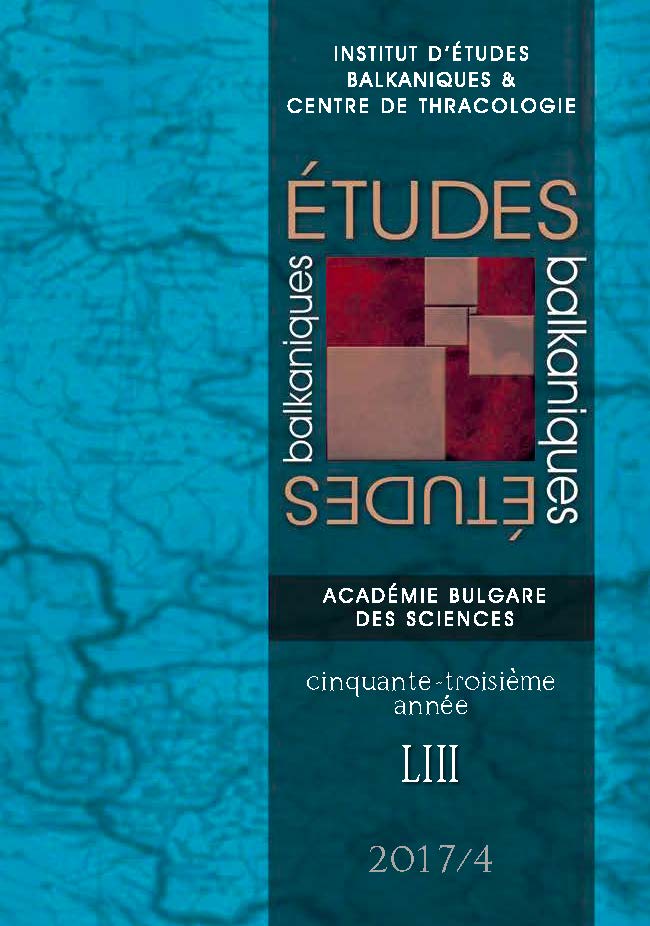THE TRADE RELATIONS OF CHINA WITH BULGARIA AND ROMANIA IN THE EAST-EUROPEAN CONTEXT (1950 – 1978)
THE TRADE RELATIONS OF CHINA WITH BULGARIA AND ROMANIA IN THE EAST-EUROPEAN CONTEXT (1950 – 1978)
Author(s): Alexandre KostovSubject(s): History, Comparative history, Economic history, Recent History (1900 till today), Special Historiographies:, Post-War period (1950 - 1989), History of Communism, Cold-War History
Published by: Институт за балканистика с Център по тракология - Българска академия на науките
Keywords: China; Bulgaria; Romania; Foreign Trade; CMEA;
Summary/Abstract: The present article is devoted to the development of trade relations of China with two Balkan socialist countries – Bulgaria and Romania during the period 1950 – 1978, i. e. from the beginning of the bilateral economic relations between these partners to the end of the 1970s, when the serious changes in China’s economic development started. The comparative analysis is complemented by their comparison with China’s relations with the USSR and the Eastern European countries – members of CMEA. This approach aims to show the influence of the various factors, both political and economic, on the bilateral trade relations.During the 1950s, the Chinese-Bulgarian and Chinese-Romanian trade were developing in a similar way, pre-determined by the similarity of the political and economic views in the three countries. In the beginning of the 1960s, serious differences appeared and during the period until 1978, Romania was gradually recognized not only as the most important economic partner of China among the European CMEA countries, but also as one of the largest trading partners of the enormous country in general. Bulgaria was just the opposite – its trade relations with China underwent extremely negative development and, as a result, it occupied an extremely modest position not only among the eastern European countries, but also in the foreign trade exchange of PRC.The factors, which determined the two fundamentally different trends, were of political and economic nature. In general, they were determined by the attitude of Sofia and Bucharest to the Soviet Union, not only in relation to its conflict with the PRC. The role of the political factor should not be overestimated. The changes in Beijing’s foreign economic policy during the period under study also had a strong impact on the bilateral relations with Bulgaria and Romania. The same refers to Bucharest, whose foreign economic orientation greatly differed from that of Sofia.
Journal: Études balkaniques
- Issue Year: 2017
- Issue No: 4
- Page Range: 705-728
- Page Count: 24
- Language: English
- Content File-PDF

